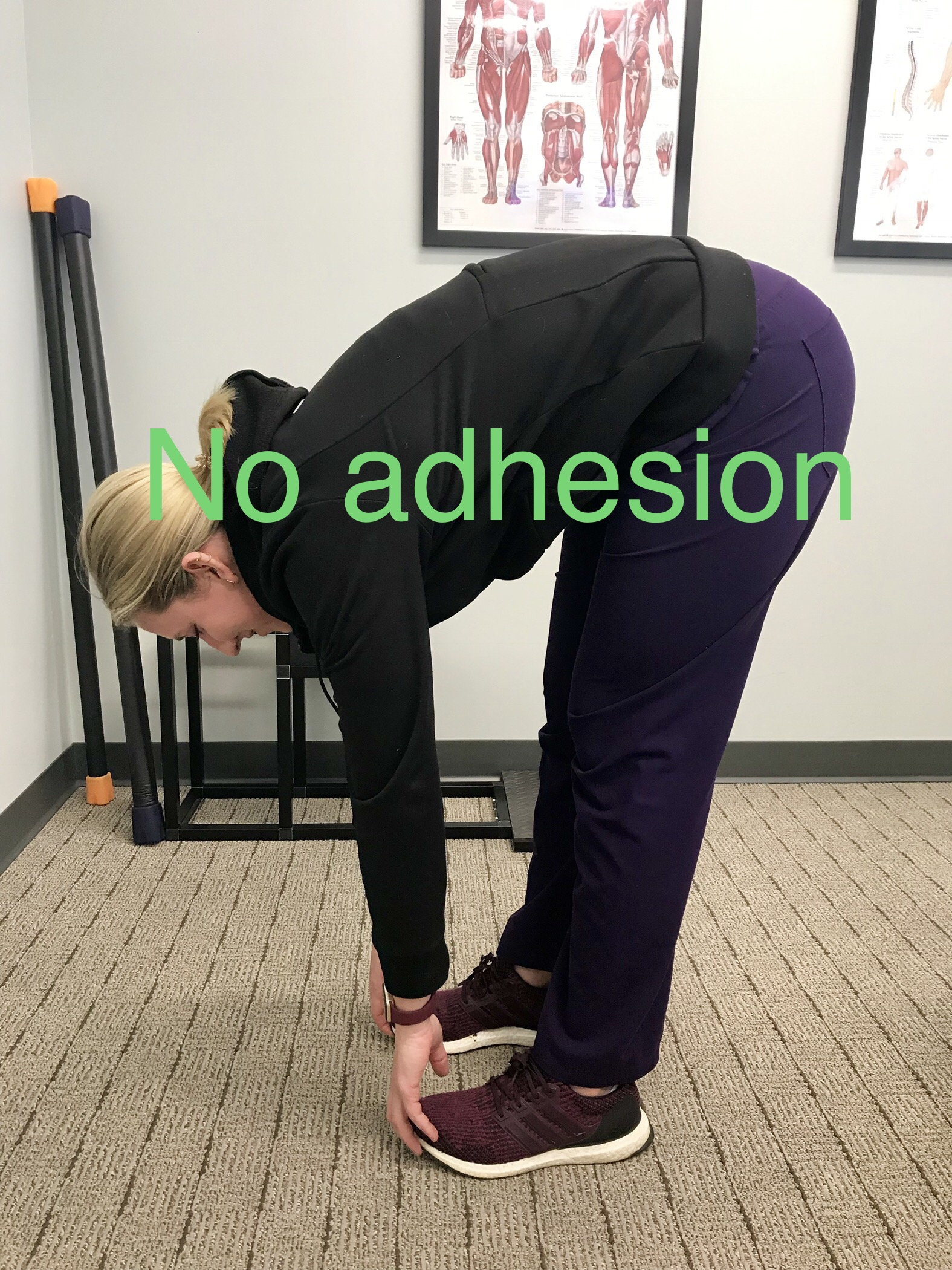Fixing Back Pain
Back pain is extremely common, everyone knows someone who has had back pain for years.
Is being identified as the friend with the messed up back a way to live? It’s safe to say anyone in that category wants to do all they can to break free from that label.
The Journal of the American Osteopathic Association
Context: Low back pain (LBP) has a major economic impact in the United States, with total costs related to this condition exceeding $100 billion per year.
Low back pain accounts for over $100 billion in health care costs each year! How can that number be so high?
What has been severely missed when it comes to fixing back pain? The answer is simple. 9 times out of 10 a patient is never diagnosed, they are given a label (pelvic tilt, lower cross syndrome, uneven hips, sprain/strain, or weak core etc.) then fit into whatever technique the doctor wants to use that day. No wonder back pain is a massive cost to the system. It’s like the wild-west of health care. Electric stim, exercises, stretches, adjustments, cortisone, massage, traction, acupuncture. Take your pick, they all claim to “cure” back pain with a few simple treatments or exercises. But, do they really help if you have to continually get treatment with no rhyme or reason?
The reality of the situation is fixing back pain is extremely complex and when a tissue specific diagnosis isn’t delivered the results are haphazard.
And that’s being optimistic. If there has been no diagnosis how the hell do you expect to get better? That’s the problem no diagnosis leads to random, ineffective treatment. Thus, propelling the giant $100 billion boat of health care costs.
Let’s address the elephant in the room; how do you fix back pain?
Measure ROM
All joints in the body have a certain range of motion needed to be pain free and healthy.
The low back is no different. Each segment of the lumbar spine should flex about 12 degrees
If it doesn’t round the pathology must be found
Try this simple at-home test
Standing toe touch
Healthy - touch floor with ease and no pain
Unhealthy - not touching floor or painful during motion
Complete and accurate diagnosis
Respect underlying pathology
More times than not, our patients have never been fully diagnosed. They have an underlying disc herniation, joint arthritis, or adhesion that they knew nothing about.
YIKES! I think most patients would want to know what is lurking beneath the surface.
Our Integrative Diagnosis®️ testing helps us understand and diagnose all aspects of your low back pain.
This allows for a custom treatment plan given your diagnosis and managing it long term.
Adhesion
Missing link routinely undiagnosed by many physicians and therapists
Arguably, the most common problem in the human body.
Sticky substance that glues muscles together creating weakness and inflexibility
This adds large amounts of stress to your discs and joints leading to degeneration and arthritis
Developed from overuse, poor posture, trauma, or sedentary lifestyle
Our doctors have extensive postdoctoral training to find and fix adhesion and nerve entrapments
In fact, Dr. Nottoli and Dr. Schultz are the most experienced adhesion specialists in Illinois.
Warning signs of adhesion or nerve entrapment
Tight muscles even after stretching routine
Stiffness is becoming more noticeable
Same workouts result in decreased performance
Pain when lifting heavier weights.
Longer warm-ups
Current treatment is not providing lasting relief of 48+ hours
Stretching may make you feel worse temporarily.
It may also make numbness or tingling worse.
Rehab exercises
Build strength
Doctor prescribed rehab exercises to build strength where you need it most
Isolate weak areas with specific rehab exercises
Move to overall global movements with compound movements (squat, deadlift)
Sport specific exercise (speed, agility, coordination, balance)
Varied intensity
Move better
Maintain healthy ranges by keeping adhesion reduced
Exercise movements should be done with perfect form to ensure healthy loading of joints
If an exercise or movement causes abnormal pain or soreness, listen to your body and modify accordingly
A good coach/trainer will know when and how to modify each movement so you get the full benefit of the exercise
Move often
Our bodies need to move, that’s what they were designed to do
They also love variety. Keep it guessing my varying your workouts
Varying workouts and changing intensity is the key to longevity
Examples:
Running - when coming off an injury it’s not wise to start back where you left off.
Functional Spine and Sport guidelines to return to running:
Bike or swim to build up cardiorespiratory endurance.
Start with run/walk - Doctor prescribed time and distance.
Build to run only for time at slower pace.
Increase pace or begin speed intervals as prescribed.
Vary elevation or change terrain.
General variety week of exercise.
Ex: Resistance training (weights or bodyweight) 3x/wk, run 1x/wk, yoga 1x/wk
Find what works best for you when it comes to exercise. It may take some experimentation but enjoy that process. Once you do find a good routine make sure you stay healthy by keeping your adhesion reduced and your range of motion full and pain free.




